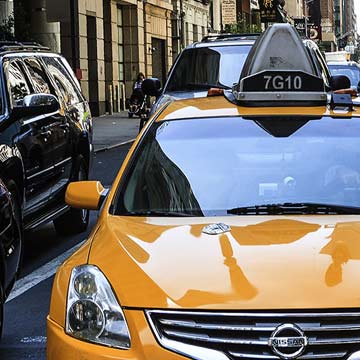Supreme Court makes it harder for EPA to police sewage discharges
Featured Articles
A divided Supreme Court on Tuesday made it harder for environmental regulators to limit water pollution, ruling for San Francisco in a case about the discharge of raw sewage that sometimes occurs during heavy rains.
By a 5-4 vote, the court’s conservative majority ruled that the Environmental Protection Agency overstepped its authority under the Clean Water Act with water pollution permits that contain vague requirements for maintaining water quality.
The decision is the latest in which conservative justices have reined in pollution control efforts.
Justice Samuel Alito wrote for the court that EPA can set specific limits that tell cities and counties what can be discharged. But the agency lacks the authority “to include ‘end-result’ provisions,” Alito wrote, that make cities and counties responsible for maintaining the quality of the water, the Pacific Ocean in this case, into which wastewater is discharged.
“When a permit contains such requirements, a permittee that punctiliously follows every specific requirement in its permit may nevertheless face crushing penalties if the quality of the water in its receiving waters falls below the applicable standards,” he wrote.
One conservative justice, Amy Coney Barrett, joined the court’s three liberals in dissent. Limits on discharges sometimes still don’t insure water quality standards are met, Barrett wrote.
“The concern that the technology-based effluent limitations may fall short is on display in this case,” Barrett wrote, adding that “discharges from components of San Francisco’s sewer system have allegedly led to serious breaches of the water quality standards, such as ‘discoloration, scum, and floating material, including toilet paper, in Mission Creek.’”
The case produced an unusual alliance of the liberal northern California city, energy companies and business groups.
The EPA has issued thousands of the permits, known as narrative permits, over several decades, former acting general counsel Kevin Minoli said.
The narrative permits have operated almost as a backstop in case permits that quantify what can be discharged still result in unacceptable water quality, Minoli said.
With the new restrictions imposed by the court, “the question is what comes in place of those limits,” Minoli said.
Alito downplayed the impact of the decision, writing that the agency has “the tools needed” to insure water quality standards are met.
Related listings
-
Steve Bannon pleads guilty and avoids jail time in border wall fraud case
Featured Articles 02/13/2025Steve Bannon pleaded guilty on Tuesday to defrauding donors to a private effort to build a wall on the U.S. southern border, ending a case the conservative strategist decried as a “political persecution.”Spared from jail as part of a plea...
-
A federal judge temporarily blocks Trump’s executive order
Featured Articles 01/27/2025A federal judge on Thursday temporarily blocked President Donald Trump’s executive order denying U.S. citizenship to the children of parents living in the country illegally, calling it “blatantly unconstitutional” during the first h...
-
Man accused of stalking Caitlin Clark proclaims himself ‘guilty as charged’
Featured Articles 01/22/2025One day after Michael Thomas Lewis was charged with felony stalking of Indiana Fever star and WNBA rookie of the year Caitlin Clark, the 55-year-old Texas man shouted “guilty as charged” as soon as he sat down in a courtroom Tuesday.Lewis...

Any contracts or any transactions can go awry at any time
We know your business means a lot to you and want to understand all the aspects of your business so that we can help you in the best ways possible. We don’t discriminate depending on the size of your company. Our mission statement is to represent all business owners and entrepreneurs by navigating them through the rough waters of business litigation and guiding them to success.
We are attorneys who want to make sure we understand your business objectives and goals before we start providing you with legal counsel individualized to your business. We know what it means to be dedicated to your business. After all, we are a business as well. And just like you, we want to provide the best service we can to our clients.
Any contracts or any transactions can go awry at any time. Sometimes, making important business decisions without legal help from business attorneys could cost you your business.We don’t want you or your business to be misconstrued by anyone. Our attorneys make sure that we communicate with you often to make sure we are giving you the legal guidance you need at all times. We make sure we are responsive in a timely-manner with every single one of our clients to help them identify risks and prevent legal battles before they arise.

